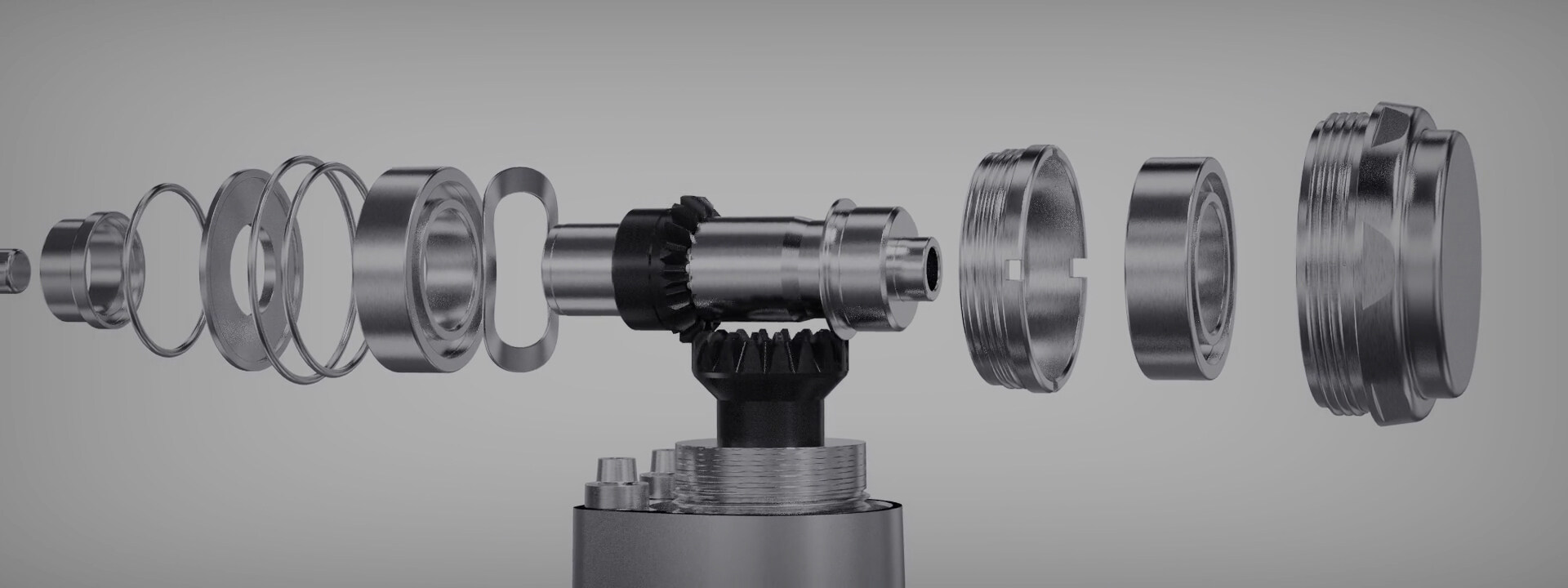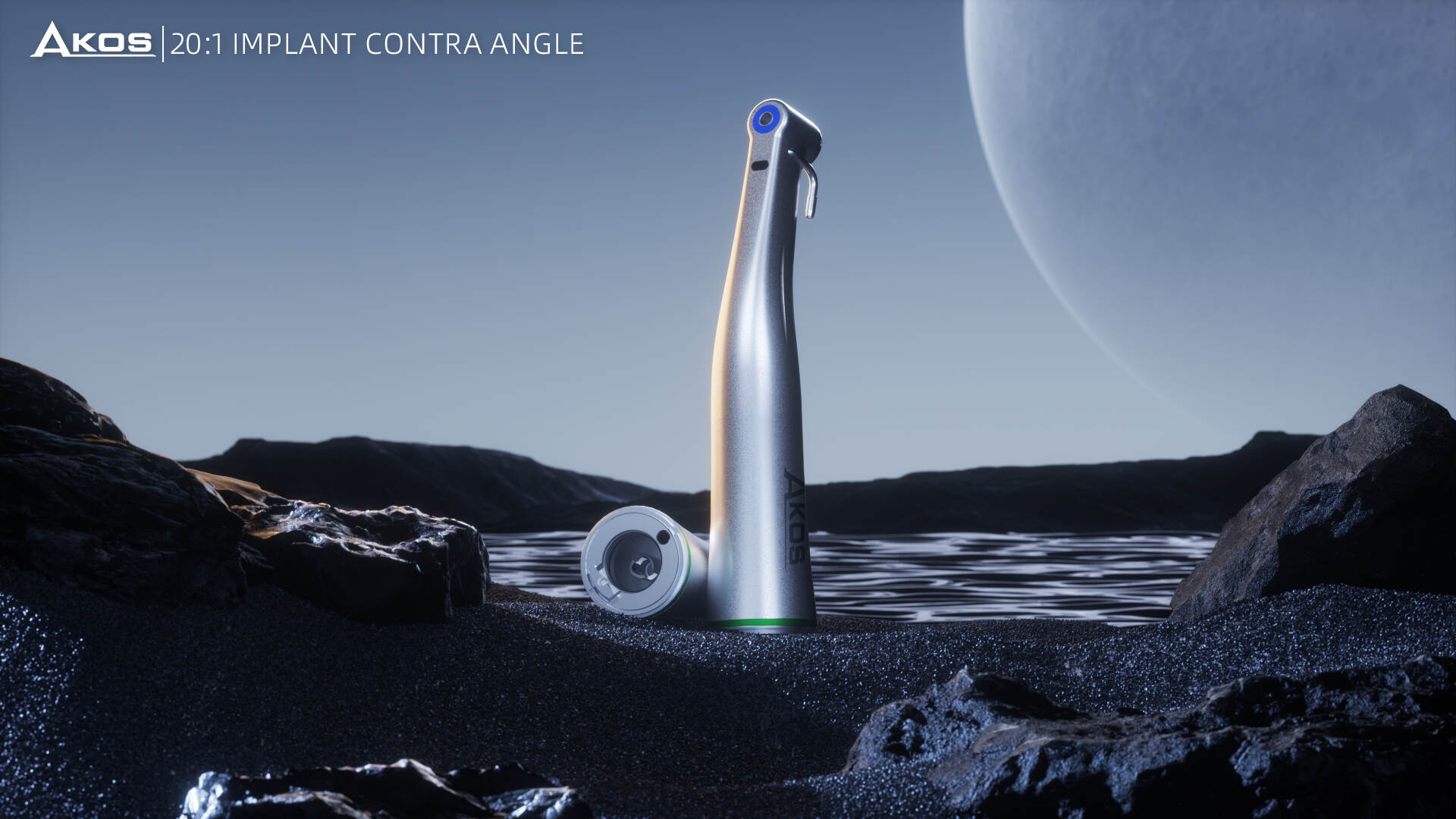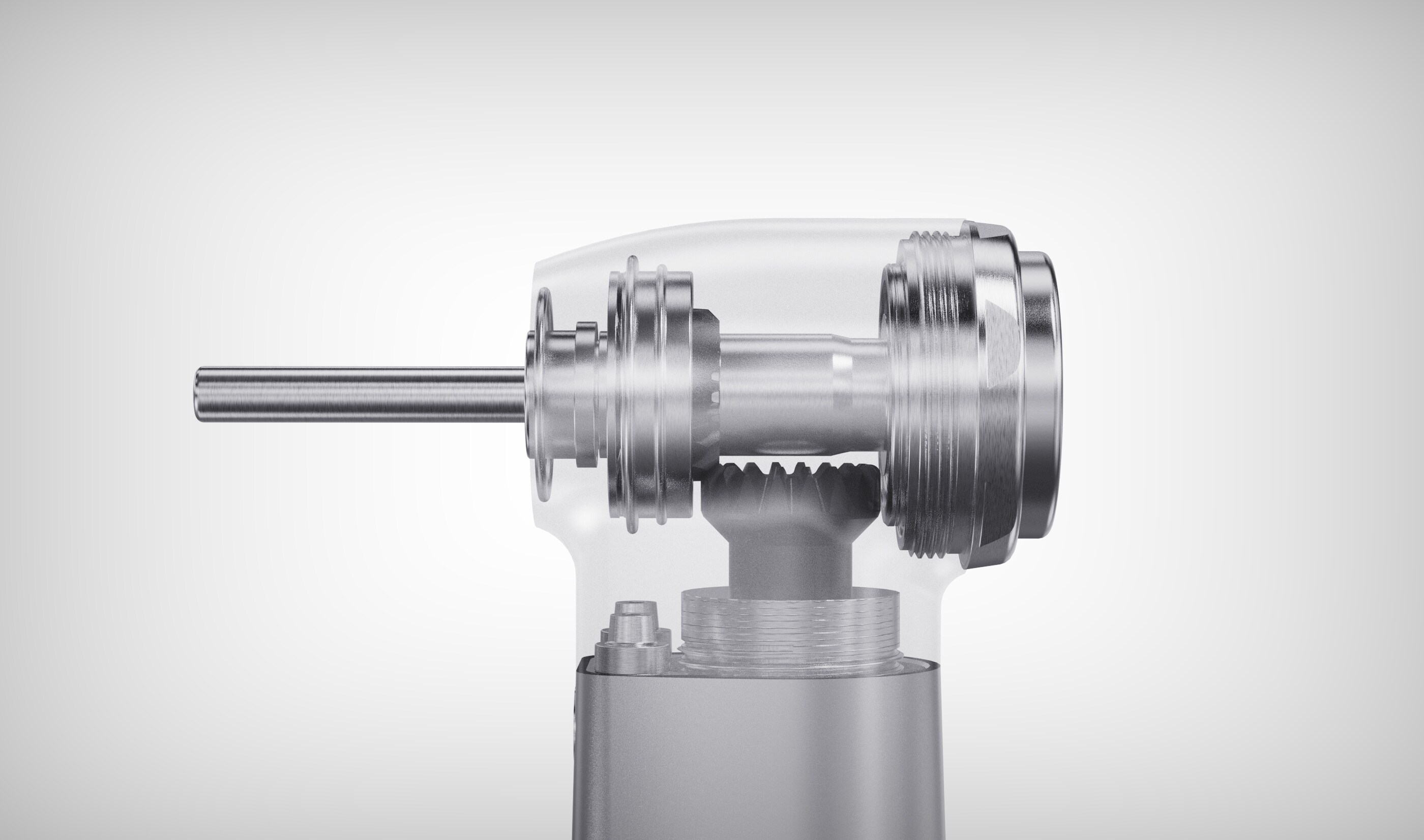Email cannot be empty
Password cannot be empty
Email format error
Email cannot be empty
Email already exists
6-20 characters(letters plus numbers only)
The password is inconsistent
Email format error
Email cannot be empty
Email does not exist
6-20 characters(letters plus numbers only)
The password is inconsistent

News

How to Choose the Right Dental Handpiece for Your Practice
Choosing the right dental handpiece is a critical decision that directly impacts the quality of patient care, your treatment efficiency, and the overall performance of your dental practice. With a wide range of handpieces available—varying in speed, power, maintenance requirements, and cost—it's essential to understand what suits your specific clinical needs.
Below is a guide to help you make an informed choice.
1. Understand the Two Main Types: Air-Driven vs. Electric Handpieces
Air-Driven Handpieces
-
Powered by compressed air
-
Lightweight and cost-effective
-
Quieter with less torque
-
Ideal for routine restorative work
-
May cause slight "chatter" during cutting due to lower torque
Electric Handpieces
-
Operated by an electric motor
-
Offer constant torque and precise cutting
-
Higher initial cost but better efficiency for complex procedures (e.g., crown and bridge work)
-
Less vibration and noise
Tip: Consider starting with air-driven handpieces if you’re new or on a budget, but upgrade to electric for advanced prosthodontic or surgical procedures.
2. Evaluate Speed and Torque Requirements
-
High-Speed Handpieces: (300,000–450,000 RPM) Used for cutting enamel, cavity preparation, and crown work.
-
Low-Speed Handpieces: (up to 40,000 RPM) Ideal for polishing, endodontic, and prophylaxis procedures.
Torque determines how well the handpiece maintains power when under pressure. Electric handpieces usually maintain better torque compared to air-driven models.
3. Choose Between Fiber Optic or Non-Fiber Optic
-
Fiber Optic Handpieces provide better visibility with integrated lighting directly at the bur tip. They’re highly recommended for enhanced precision, especially in posterior regions.
-
Non-Fiber Optic Handpieces are more affordable but may require external light sources.
4. Consider the Head Size and Ergonomics
-
Mini Heads offer better visibility and access in tight areas, especially for pediatric or posterior work.
-
Standard Heads provide greater torque and are more durable.
Also, test the grip, weight balance, and noise level to avoid hand fatigue during long procedures. An ergonomic design improves comfort and performance.
5. Check Compatibility with Existing Equipment
Ensure the handpiece is compatible with your dental chair’s coupling or connection system (e.g., 4-hole, 6-hole, or ISO E-type). Adapters are available, but it's best to buy matching systems for seamless use.
6. Prioritize Infection Control and Maintenance
Autoclavability, lubrication-free technology, and anti-retraction systems are important:
-
Look for handpieces with sealed heads or anti-suck back mechanisms to reduce cross-contamination.
-
Consider maintenance-free options to reduce downtime and increase equipment longevity.
-
Detachable or quick-connect options make sterilization and maintenance easier.
7. Evaluate Durability and Warranty
Choose handpieces from reputable brands known for quality and service. Look for:
-
Warranty period (1–2 years standard)
-
Availability of replacement parts
-
Support for repairs or loaner programs
Spending a bit more on a durable, high-performance handpiece can save money in the long run.
8. Budget Wisely: Cost vs. Value
While price is important, it should not compromise essential features like torque, lighting, or ergonomic design.
-
Entry-level models may suit general dentists or startup clinics.
-
Mid- to high-end options are better for specialists or high-volume practices.
Also consider the total cost of ownership, including repair, maintenance, and accessories.
9. Try Before You Buy
Many suppliers or manufacturers offer demo units or trials. Take advantage of these opportunities to:
-
Feel the weight and balance
-
Test under realistic working conditions
-
Get team feedback on comfort and performance
10. Think Long-Term: Clinical Needs and Practice Growth
Your practice will evolve. Consider whether the handpiece can support:
-
Expanded services (e.g., implantology, oral surgery)
-
New team members with different preferences
-
Technological integrations (e.g., laser attachments or torque control)
Investing in versatile and upgradeable tools ensures longevity and clinical flexibility.
Final Thoughts
The right dental handpiece is more than just a tool—it's an investment in your daily efficiency, patient satisfaction, and long-term success. Evaluate your current practice needs, budget, and future growth plans to make the best decision. A careful balance between performance, ergonomics, infection control, and after-sales service will ensure your choice adds real value to your clinic.
If you're still unsure, consult with a trusted dental equipment supplier like AKOS who understands your workflow and can recommend handpieces tailored to your practice.

